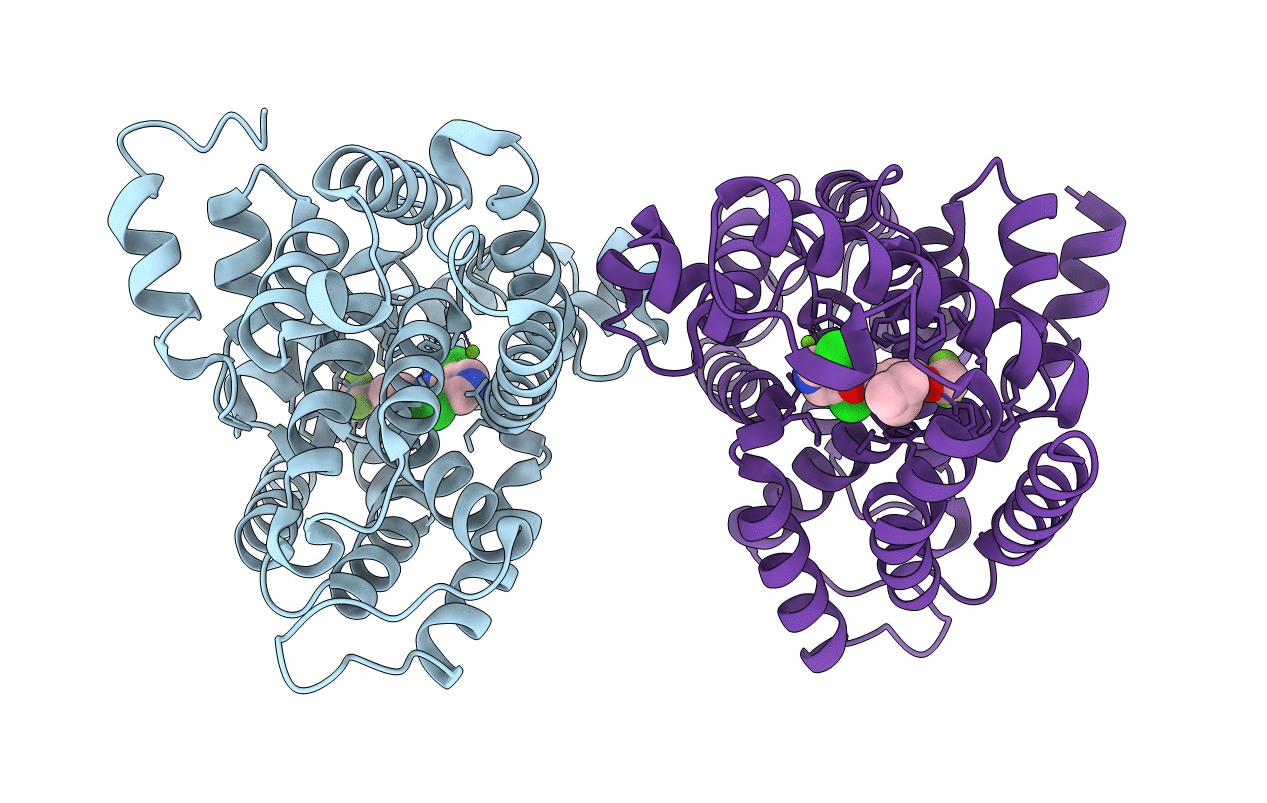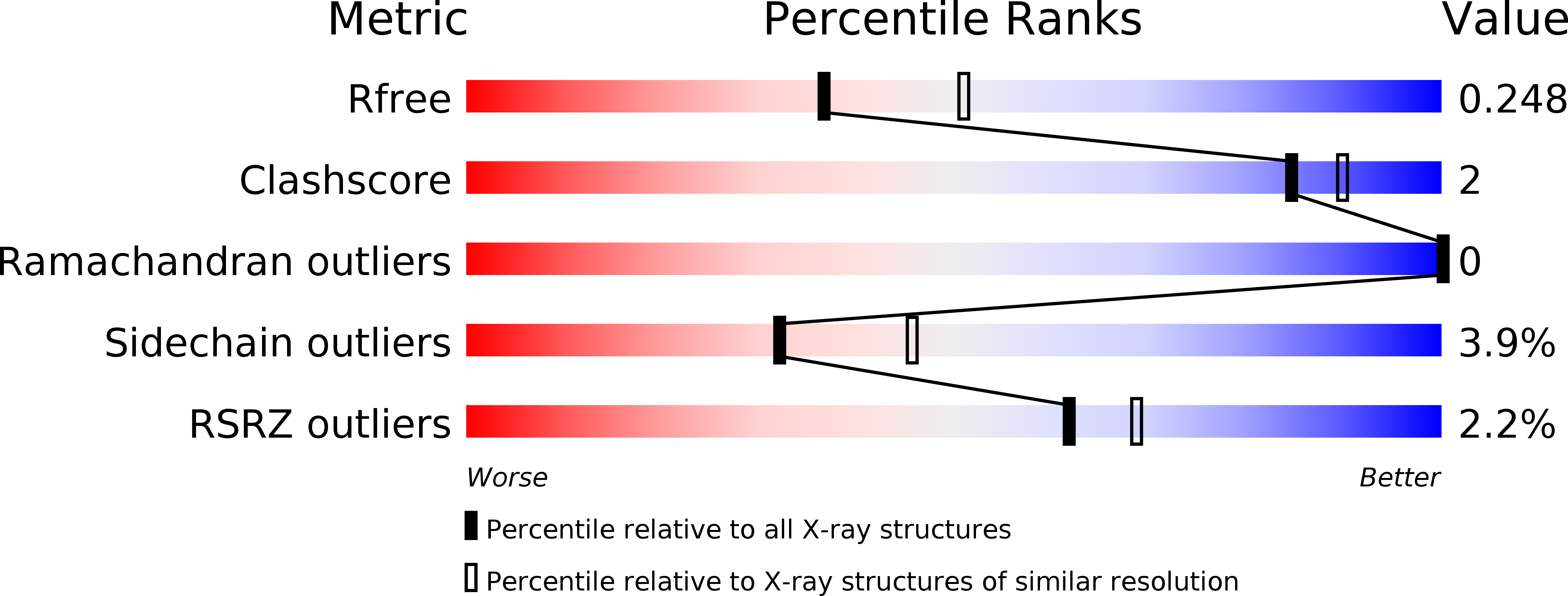
Deposition Date
2004-10-04
Release Date
2004-12-14
Last Version Date
2024-11-20
Entry Detail
PDB ID:
1XMU
Keywords:
Title:
Catalytic Domain Of Human Phosphodiesterase 4B In Complex With Roflumilast
Biological Source:
Source Organism:
Homo sapiens (Taxon ID: 9606)
Host Organism:
Method Details:
Experimental Method:
Resolution:
2.30 Å
R-Value Free:
0.24
R-Value Work:
0.20
R-Value Observed:
0.20
Space Group:
P 21 21 21


